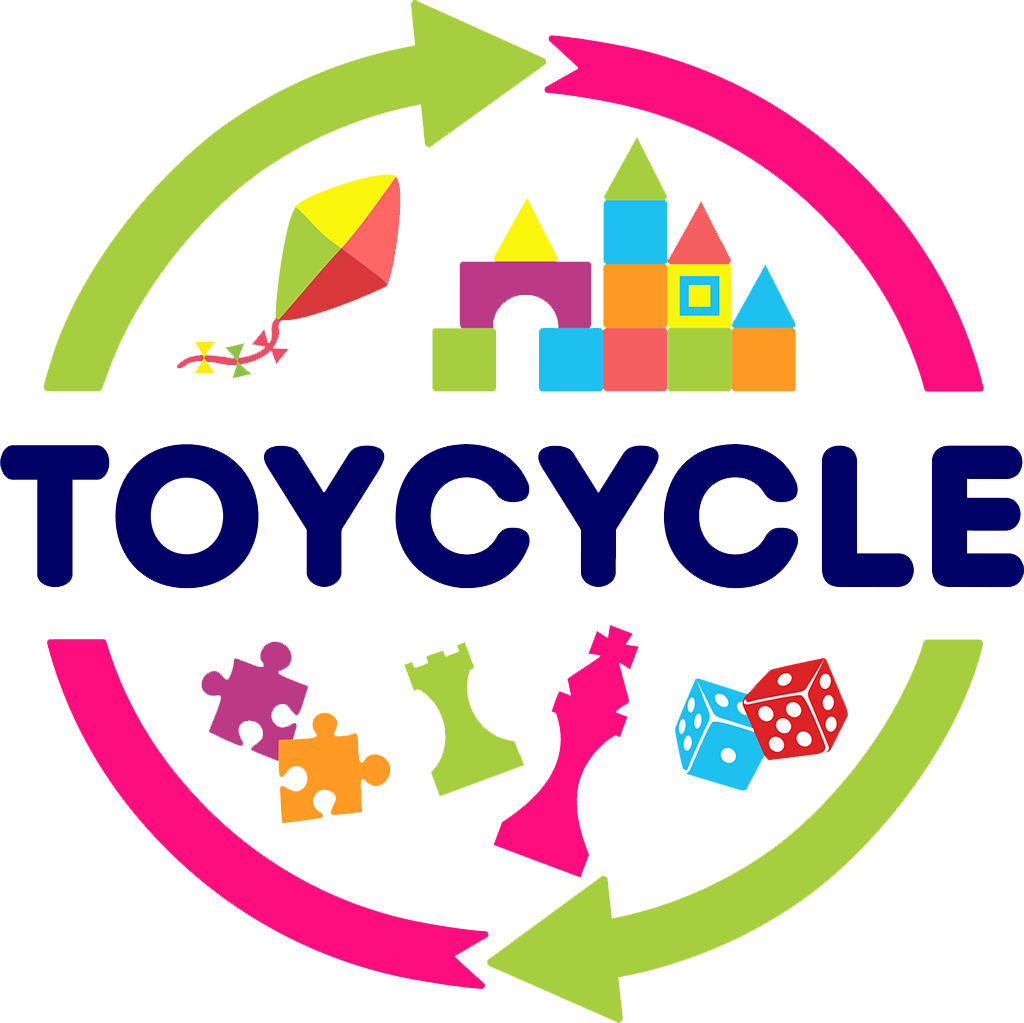E-commerce has made it easy for businesses to scale and reach a broader consumer base. However, with this convenience comes a growing challenge: returns management.
For toy brands, returns aren’t just an operational inconvenience—they are profit-draining, resource-consuming, and environmentally damaging. But for customers, they're a necessity.
Consumer Expectations Are Evolving
Shoppers feel a generous return policy is a major factor in their purchasing decision, with 76% considering free returns essential when choosing where to shop. Fully two thirds of customers indicate they would avoid future purchases from a business after a negative return experience. Close to half of all shoppers have abandoned a purchase due to dissatisfaction with the return process or options. This means toy brands must find ways to process returns efficiently while keeping customers happy.
 Image Credit: NRF and Happy Returns
Image Credit: NRF and Happy Returns
Sustainability Is No Longer Optional
Thirty-eight percent of retailers say that consumers are willing to pay more for an environmentally friendly or sustainable returns option. Consumers—especially millennials and Gen Z parents—are prioritizing sustainability. They expect brands to reduce waste, promote reusability, and minimize their carbon footprint. Brands that fail to address returns waste risk losing customer trust.
How Much Do Returns Cost E-commerce Brands?
According to a report by the National Retail Federation (NRF) and Happy Returns, the average rate of return for e-commerce is 16.9% of annual sales, and total returns are projected to reach $890 billion in 2024.
 Image Credit: NRF and Happy Returns
Image Credit: NRF and Happy Returns
Return rates spike during the holiday season—17% higher than average.
The cost to process a return can be anywhere from 20% to 65% of the item's original value.
Many customers buy with an explicit plan to immediately return some or all of their items.
In response, businesses are hiring more staff, expanding warehouse space, and establishing departments for reverse logistics. Returns are the new normal—but they don’t have to be a plague.
 Image Credit: NRF and Happy Returns
Image Credit: NRF and Happy Returns
Returns Management Can Be A Revenue Stream - Not Just a Cost
What if returns didn’t have to be a loss? The future of e-commerce returns is shifting towards profitability, sustainability, and efficiency—and toy brands that adapt now will lead tomorrow.
Traditionally, toy brands have liquidated or discarded returns, but this is outdated. Smart brands are now using services like Toycycle's returns management services to resell returned items, maximize value, and minimize losses.
How Toy Brands Can Stay Ahead of the Returns Crisis
Implement a Returns Management System
Instead of handling returns in-house, toy brands can outsource returns processing to partners like Toycycle’s ReNew & RePlay Movement, which:
- Processes returns efficiently
- Maximizes recovery value through refurbishment and resale
- Reduces waste and environmental impact
Learn more about our approach on the Toycycle Returns Management Program page.
Market Sustainability as a Competitive Advantage
If your brand is committed to recommerce and sustainable returns, let customers know! Promote your efforts via:
- Website banners & product pages
- Email marketing campaigns
- Social media content
- Packaging & in-store promotions
Brands that emphasize sustainability win customer loyalty and stand out in a crowded toy market.
The Future of Returns: A Win-Win for Brands & Consumers
The future of toy returns isn’t about eliminating them—it’s about managing them smartly. With the right strategy, toy brands can:
- Recover more revenue from returned items
- Reduce waste and meet consumer sustainability demands
- Streamline operations and cut logistics costs
At Toycycle, we help brands like yours take control of returns and turn them into profit. Don’t let returns hurt your bottom line—turn them into opportunity.
Interested in learning more? Let’s talk about how we can help your brand maximize returns. Contact us today at info@toycycle.co.

